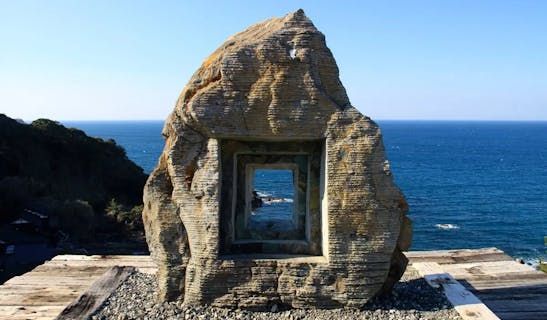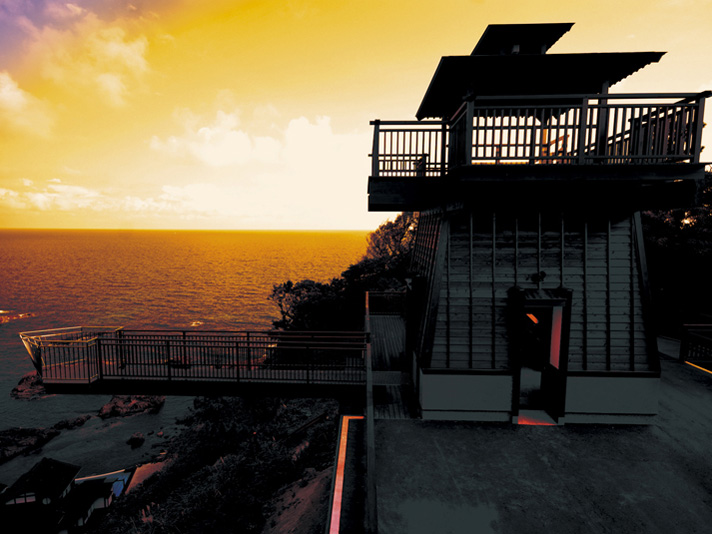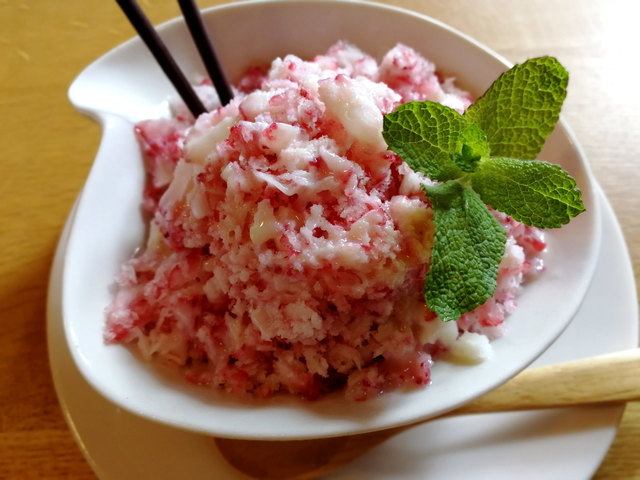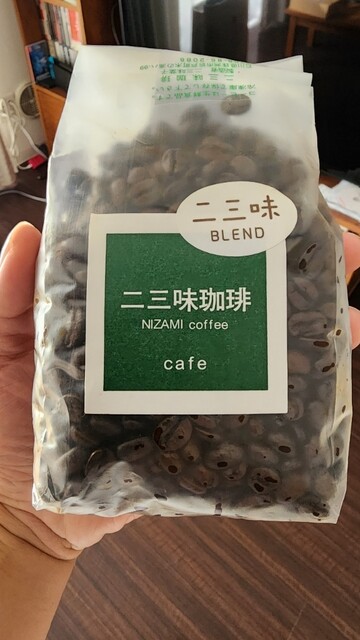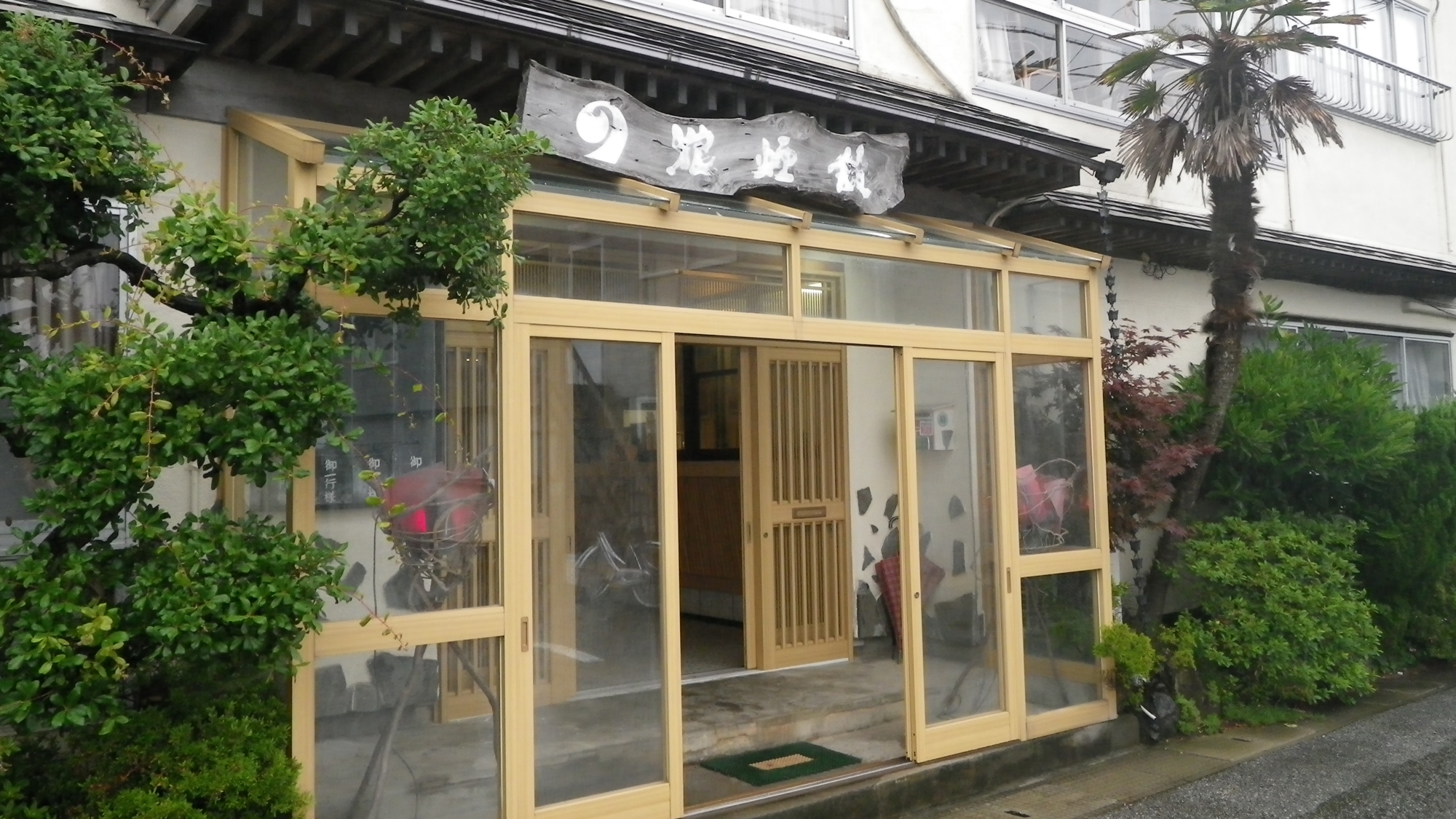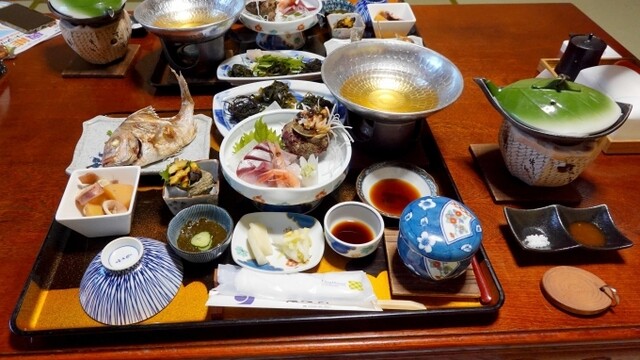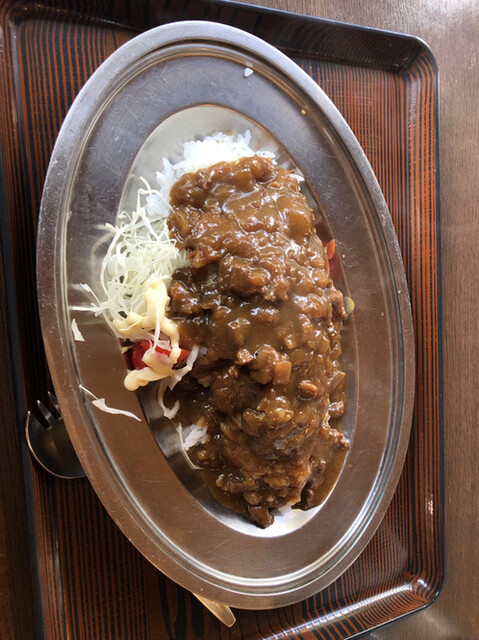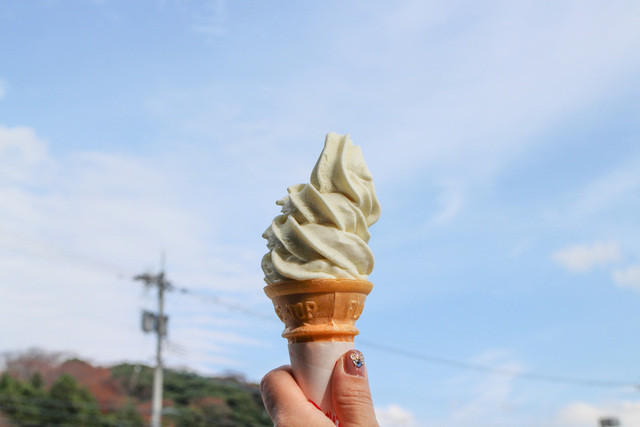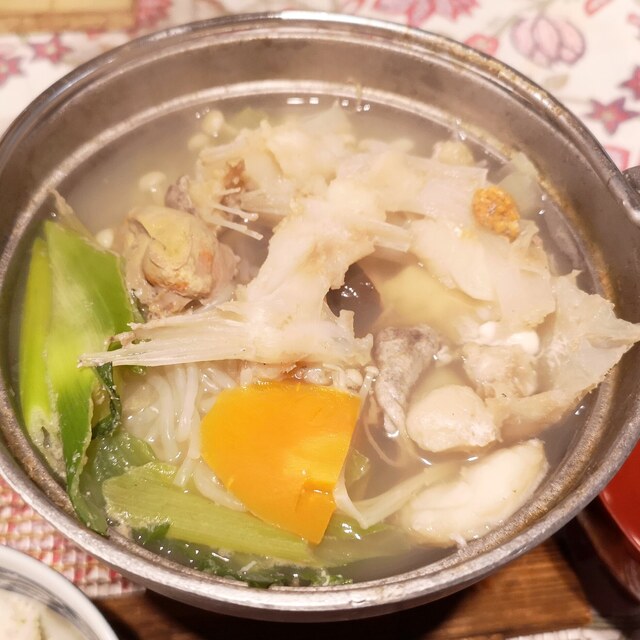
Suzu Cape, also known as the Sanctuary Cape, has recently gained a lot of attention as one of Japan's three major power spots, alongside Nagano Prefecture's Bunagatake Pass and Mt. Fuji in Yamanashi Prefecture. The reason for its power is said to be due to the ocean currents. Suzu Cape is located at the point where the warm current from the south (Tsushima Current) and the cold current from the north (Liman Current) meet. The terrain where the currents from the north and south intersect is rare worldwide, and it is believed that there is "ki" or energy there.
